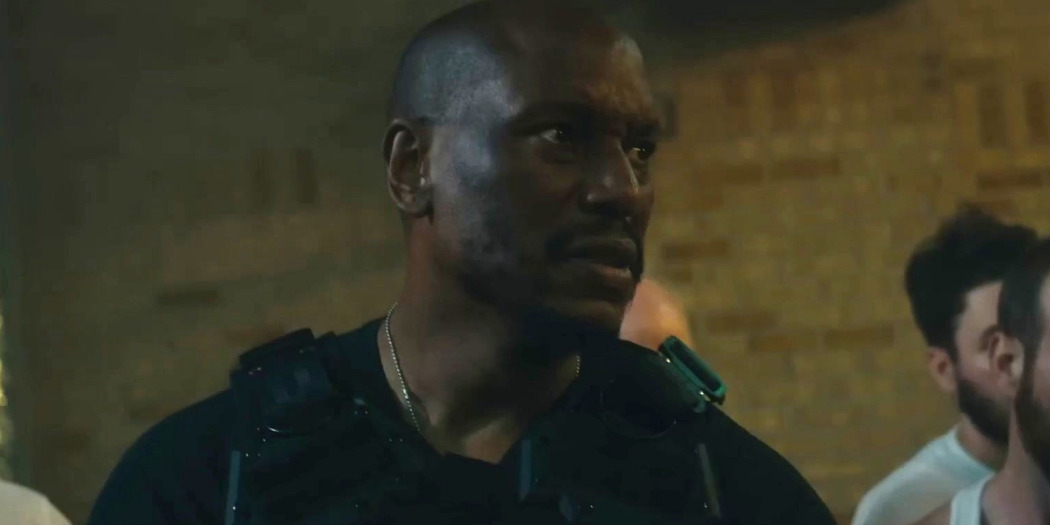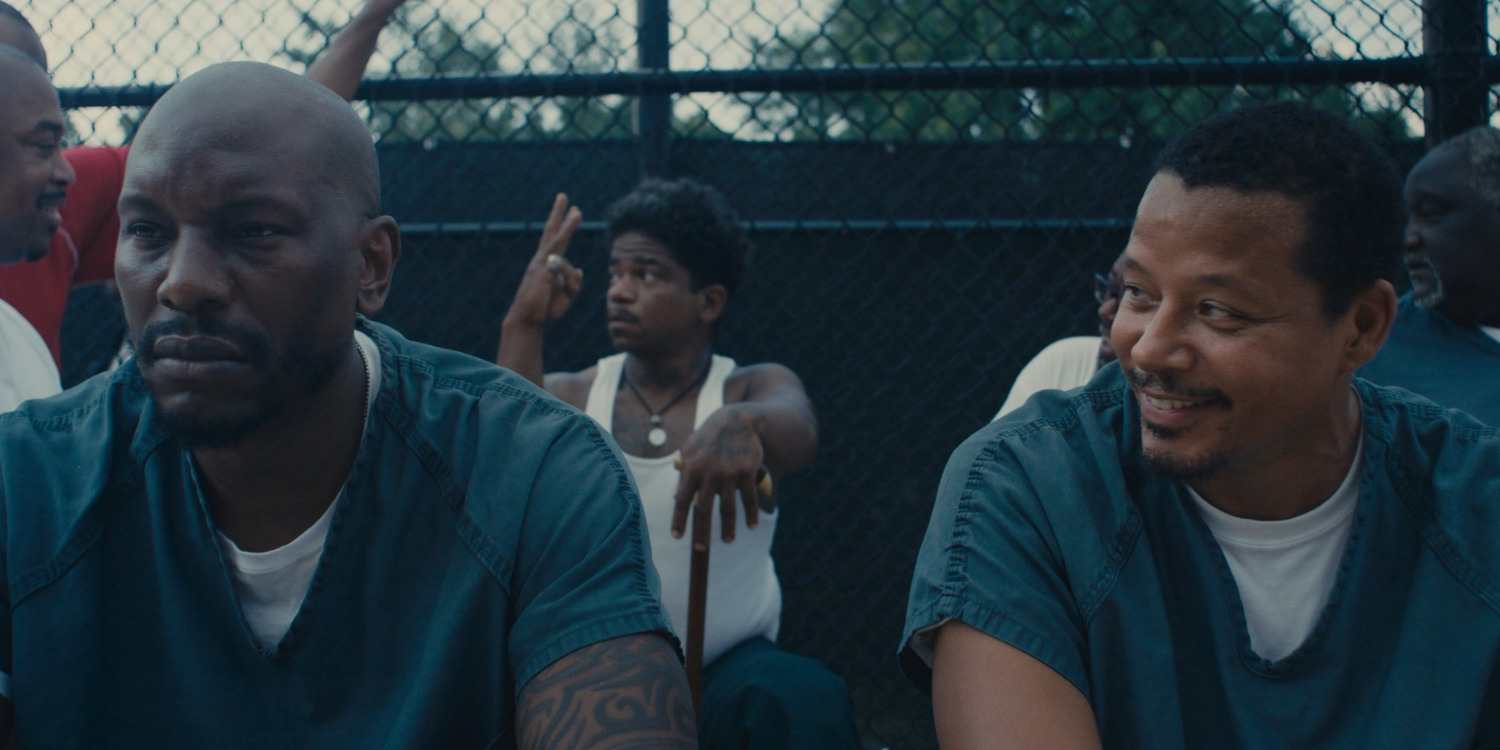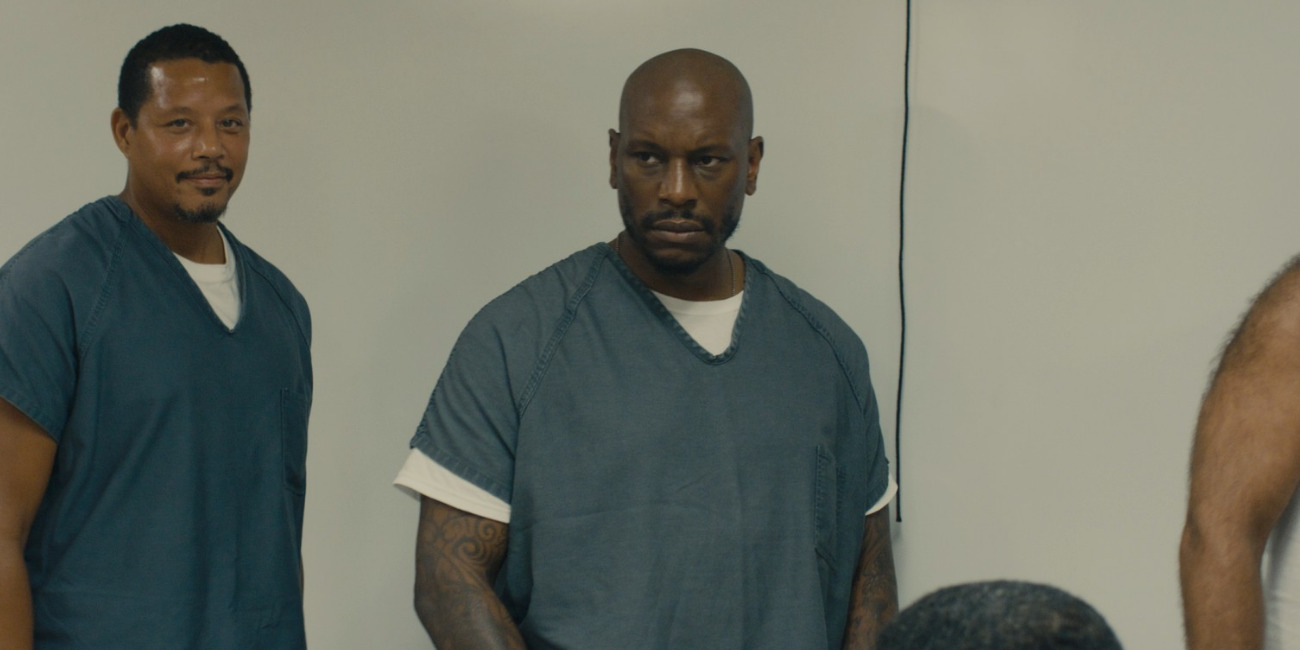Dallas Jackson’s film, ‘The System,’ ripe with intense emotions and action, presents a story about the failings of the U.S. prison system. The film revolves around a former decorated war veteran, Terry Savage, whose financial instability, along with his daughter’s medical issues, drive him to take a gamble on criminality. However, after the man gets caught in a drug bust, the local Police Commissioner, Clarke, offers him a deal to ensure his eventual freedom by running a solo undercover operation in a dangerous Private Prison.
Run by ruthless Warden Lucas, the prison has been rumored to be a breeding ground for human rights violations and gross corruption. Thus, with no other choice left, Savage finds himself entering Lucas’ lethal den to uncover the ugly truth within the prison walls in an effort to return to his previous life. Savage’s experiences within the prison carry a perpetual darkness while also highlighting socio-political themes of systemic power abuse and racism. For the same reason, viewers must wonder if the character’s experiences in the movie are based on a true story.
The Real-Life Inspiration Behind The Film
‘The System’ is not based on a true story. Nevertheless, different elements of the story are deeply rooted in various sectors of reality. Therefore, even though the characters and the situation depicted within the film are fiction, they were fabricated in an attempt to showcase a worst-case scenario inspired by the brutalities of real life.

Dallas Jackson, the film’s writer and director, credits the inspiration for the film’s origins to two news articles about different instances of power abuse against the incarcerated. Discussing the same in a conversation with Afro, the filmmaker said, “One, I got sent an article about prisoners being made to fight to the death in an upstate New York prison. They had prisoners on tape, fighting each other to the death, and it got picked up nationwide.”
Although Jackson never specified the details behind this article and the prison it talked of, one can find a few similar instances in recent years. In 2012, Rikers Island’s RNDC youth jail came under fire after 18-year-old Kadeem John sustained grave injuries due to routine beatings. Insiders told The New York Post about a fight-club-esque system within the prison known as “The Program,” which leads to constant brutalization. Describing the caste system with “deputized top dogs” and “overmatched, weaker teens,” one source said, “It’s how they [The people in charge of the jail] keep control of things without having to get their hands dirty.”
Likewise, a second source of inspiration for filmmaker Jackson came from another article that describes corruption in the private prison system, particularly in Texas, where a tri-prison system employed its prisoners’ free labor. “There was also an abuse component in that–they weren’t being made to fight to the death, but they were being physically abused,” he said.
Similarly, lead actor Tyrese Gibson also discussed this component of the story and said, “It’s modern-day slavery. They basically got Black men in there day and night working for pennies on the dollar, or nothing at all.” He further added, “It’s something about the concept of Black people being locked away in cages that have been going on for many, many years, and there’s a lot of sensitivities around that.”
The Prison System And Modern-Day Slavery
The practice of prison labor, referred to as modern-day slavery, remains a prevalent narrative theme within the story. Warden Lucas’ prison, Degnan Correctional Institute, a private corporation-owned prison, employs labor from their convicts to repackage various drugs, from pharmaceuticals to cocaine. In exchange, the narrative implies that the convicts receive little to no payment for their work. Once this revelation comes out in the open, it fills in some blanks about the reality behind the prison and its inhuman fight club system. Instead of framing the Warden simply as a sadist, the plot detail brings the for-profit, exploitative nature of certain prisons into the light.

In real life, several arguments have been made against prison labor, with many comparing it to the modern-day equivalent of slavery. Journalist and award-winning writer Ryan Moser essayed a paper titled ‘Slavery and the Modern-Day Prison Plantation,’ in which he discusses the same topic. In his work, he underscores the implication of the Constitution’s Thirteenth Amendment, which abolishes slavery but retains its legality “[except] as punishment for a crime whereof the party shall have been duly convicted.”
Moser asserts the same means, “hundreds of thousands of Americans are currently enslaved—as punishment for a crime—and it’s expressly constitutional.” The journalist further elaborates how Prison Farms, or plantations as he calls them, are commonplace in the carceral system, producing an estimated $2 billion per year. He also notes that the well-documented racial and economic disparities within the justice system lead to a disproportionately Black population within such prison farms.
Thus, within the same context, the titular system that Jackson’s film depicts of unfair and immoral incarceration receives some connection to real life. Ultimately, the storyline and the details that ‘The System’ builds its narrative upon are fictitious. Still, they retain a relationship with reality through their exploration of a tense social issue, which infuses this fictional film with a sense of realism.
Read More: Best Action Movies on Paramount+


You must be logged in to post a comment.